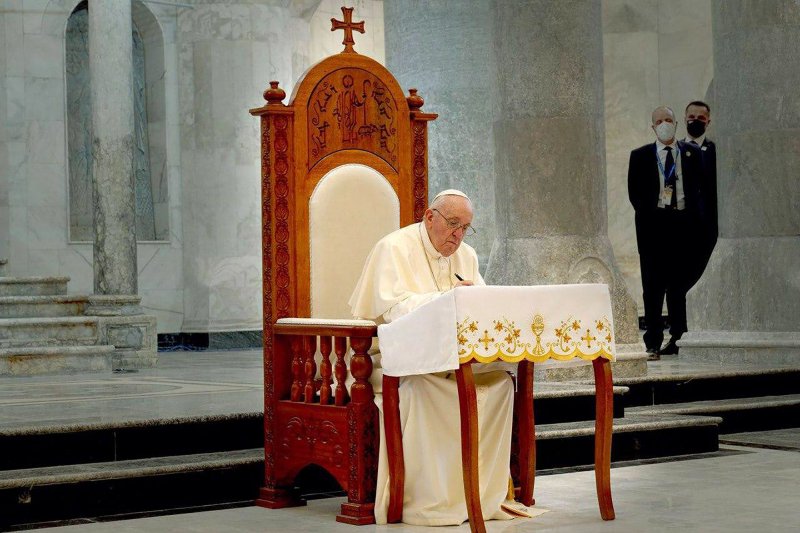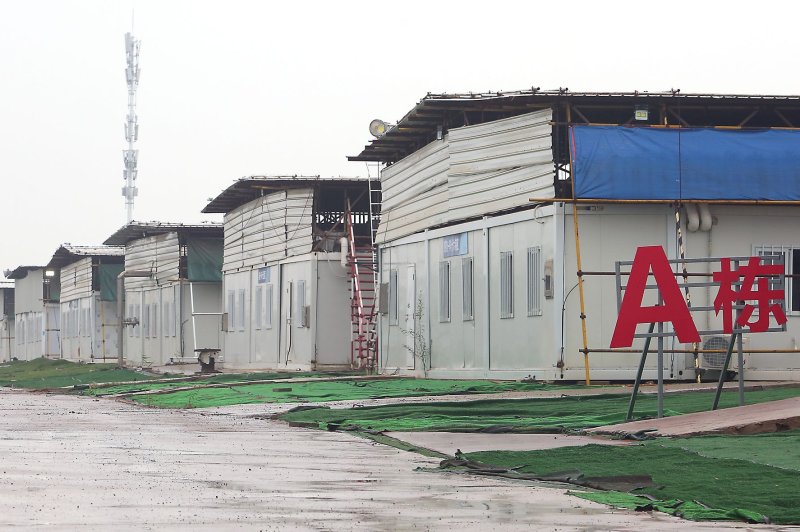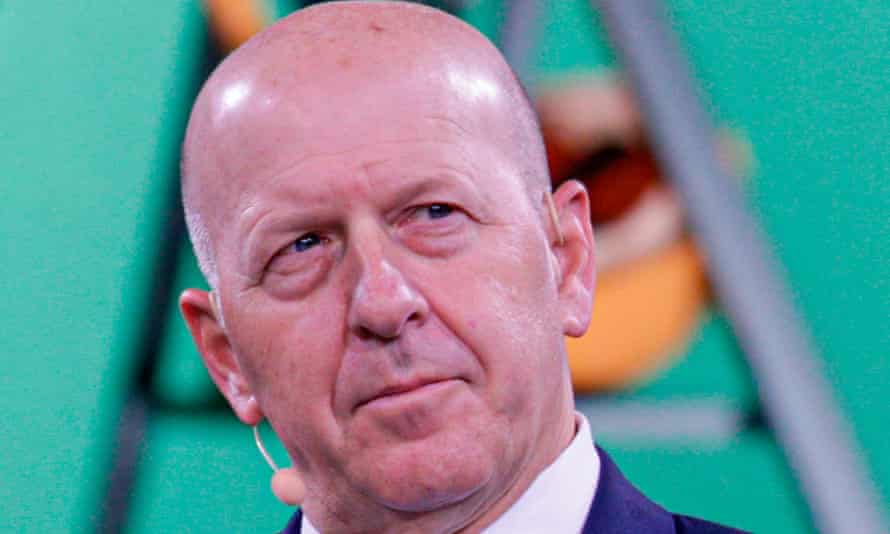A California tree nursery's Supreme Court fight has far-reaching implications for property owners
BY ILYA SOMIN, OPINION CONTRIBUTOR — 03/24/21
THE VIEWS EXPRESSED BY CONTRIBUTORS ARE THEIR OWN AND NOT THE VIEW OF THE HILL

© Getty Images
On Monday, the Supreme Court heard oral argument in Cedar Point Nursery v. Hassid, an important property rights case. Cedar Point could set a major precedent determining whether the Takings Clause of the Fifth Amendment requires the government to compensate property owners when it forces them to give outside private parties extensive access to their land. If the state prevails, government would have broad power to force property owners to allow outsiders onto their property. That power can be abused easily in many ways. Fortunately, if the oral argument is any indication, the justices seem likely to rule in favor of property rights.
In Cedar Point, the U.S. Court of Appeals for the Ninth Circuit ruled that a California law requiring agricultural growers to give union organizers access to their property for three hours per day, 120 days per year, did not automatically create a taking requiring “just compensation” under the Takings Clause. The state mandated union-organizer access so that the organizers could try to persuade the growers’ farmworkers to join their unions. The Ninth Circuit ruled there was no taking because state regulations did not require owners to give union organizers the right to “unpredictably traverse their property 24 hours a day, 365 days a year.” Thus, there is no “permanent physical occupation” of property, of the sort required by Supreme Court precedent for this to be considered a “per se” (automatic) taking, as opposed to one subject to a complex balancing test established in the 1978 Penn Central case. That test is notoriously vague and manipulable, and usually comes out in favor of the government.
The issue comes down to whether a “permanent physical occupation” occurs only when it is literally continuous, or when the right to occupy continues indefinitely but does not apply to all hours of the day, all the time. The right to exclude unwanted entrants is a central element of property rights in the Anglo-American legal tradition. It is hard to argue that a major restriction on it is not a taking of property rights.
During the Founding era and the 19th century, the power to exclude was recognized as an important aspect of property rights. Government violations of that right generally were understood to be takings, except in some cases where the violation was necessary to prevent the owner from engaging in activities that threatened public health and safety. Scholars such as University of San Diego’s Michael Rappaport and George Mason University’s Eric Claeys have shown that there is a strong originalist justification for classifying even many regulatory restrictions that do not involve physical occupation of property rights as takings, especially when we focus on the original meaning of the Takings Clause as of the time that the Fourteenth Amendment “incorporated” it and the rest of the Bill of Rights against state and local governments in 1868 (a methodology favored by a wide range of originalists). The case is even stronger when the government actually requires owners to accept physical trespass on their land.
Cedar Point has implications that go far beyond the union organizing context. If California prevails, it could allow the government to impose a wide range of access requirements on owners without paying compensation. During the oral argument, several justices pointed out that, under California’s reasoning, any access requirement that lasts fewer than 365 days per year or does not cover all daylight hours would not be a per se taking. Justice Amy Coney Barrett noted that it would enable states to require a homeowner to allow demonstrations on her land, so long as the protestors are allowed to come only “120 days a year and three hours at a time.” Even liberal Justice Sonia Sotomayor — the justice usually least sympathetic to takings claims — emphasized that “we need something that gives clear guidance” and was reluctant to relegate the case to the Penn Central test, because that test “fails to capture the significant interests in the right to exclude at stake in physical invasion cases.”
FALACIOUS ARGUMENT IF THE RED STATES COULD USE THIS THEY WOULD HAVE
The union-organizer context makes it easy to view this in crude left v. right or labor v. management terms. But if the Supreme Court rules against the property owners, conservative “red state” governments can easily use the same power for their own ends. For example, they could use it to compel abortion clinics to grant access to pro-life activists who seek to persuade patients and medical personnel that abortion is murder. Similarly, they could force businesses and other organizations that ban guns on their premises to give regular access to gun rights activists, as long as it is “only” for a few hours per day, 120 days per year.
THE BOSSES ARE ALWAYS WORRIED ABOUT THE UNION IMPACT ON WORKERS
IT IS SUCH A BURDEN ON THEM
Allowing states to mandate outsider access to workplaces often will harm workers’ interests more than it benefits them. If union organizers are able to enter on a regular basis, disrupting work and potentially worsening employer-employee relations, that would predictably increase the cost of hiring these types of agricultural workers. Employers are likely to react by hiring fewer such workers, offering lower pay and benefits, or some combination of both. Similar harms to workers may arise if state governments are generally allowed to give outsiders the right to access workplaces without employers’ consent, and without paying compensation. Such disruption can easily harm workers in a wide range of enterprises.
During oral argument, some justices worried that, if Cedar Point wins, recurring government health and safety inspections of businesses might qualify as takings. Joshua Thompson, counsel for the property owners, addressed this issue by noting that, under the common law, property owners have no right to exclude “reasonable” government inspections and searches. A better answer is that inspections meant to protect health and safety fall within the police power — the government’s authority to protect health and safety. Such uses of the police power are not generally considered takings under either the original meaning of the Takings Clause or subsequent precedent. By contrast, a general right of union organizers to enter property does not come within the police power exception. And the same goes for other types of recurring government-mandated intrusions that are not health and safety measures.
One of the main purposes of constitutional property rights is to protect owners against state-mandated trespasses of all kinds, regardless of ideology. Labor unionists, pro-lifers and others have every right to try to persuade people to join them. But if the government forces private property owners to give them access, it thereby takes private property and must pay compensation. That rule protects property owners of all types and makes it easier for people of different views to coexist in a diverse society.
Ilya Somin is a professor of law at George Mason University and author of “Free to Move: Foot Voting, Migration and Political Freedom” and “The Grasping Hand: Kelo v. City of New London and the Limits of Eminent Domain.” His wife, Alison Somin, is an employee of the Pacific Legal Foundation, which represents the property owners in the Cedar Point case. She is not personally involved in the case. Follow him on Twitter @IlyaSomin.

















